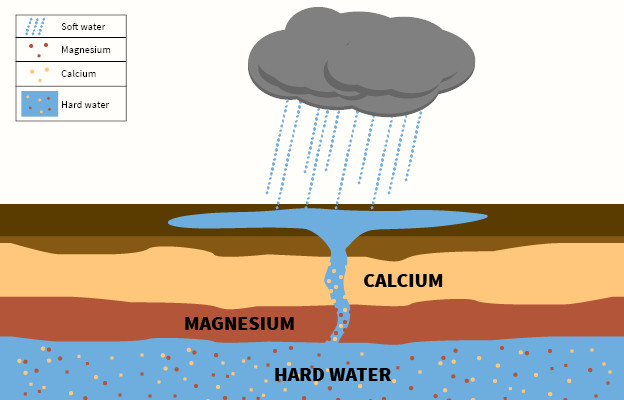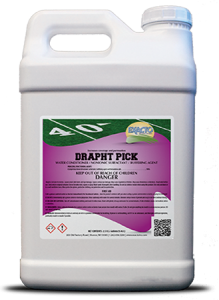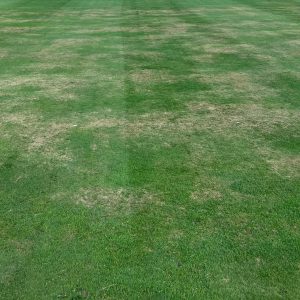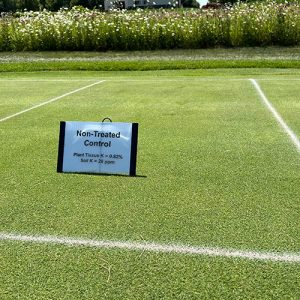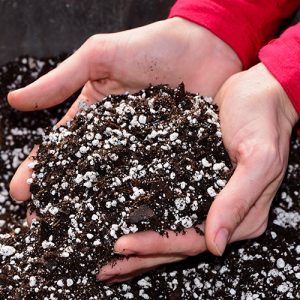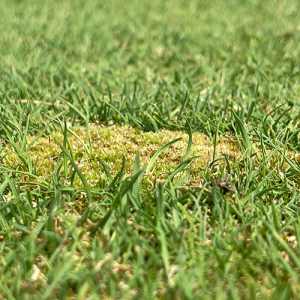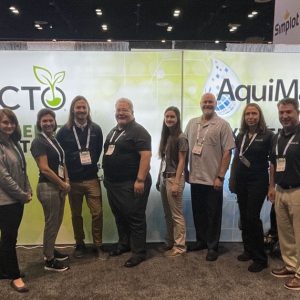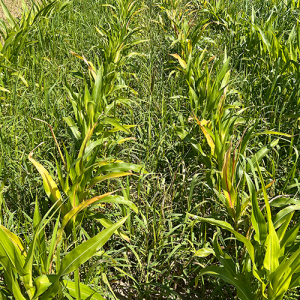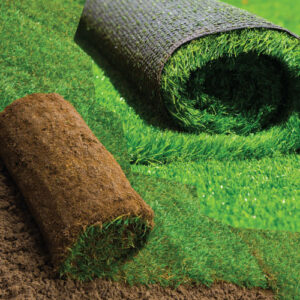
Why More Athletic Fields are Converting to Natural Turf
There’s something about the smell of freshly mowed grass that makes you want to get out on the turf and play. Couple this with some perfectly mowed stripes and neatly painted lines and you have a picture-perfect playing field. While athletes almost always prefer natural grass fields, artificial turf is a widely used playing surface due to the perception that it is easier to maintain.


